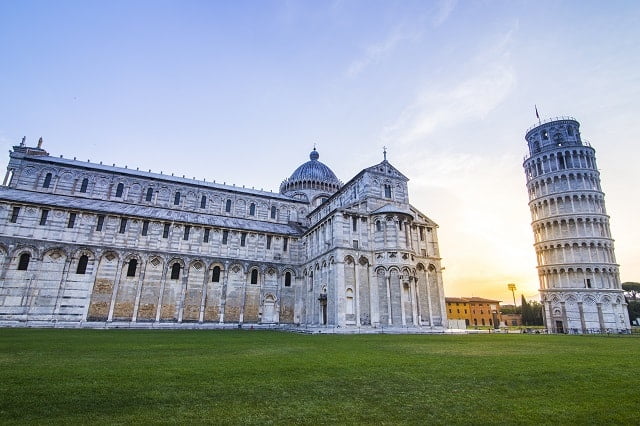
When it comes to fine wine, the regions of Italy might come to mind, with their lush, rolling hills where the finest grapes are still hand-picked. Indeed, Italy is home to some of the best wines in the world.
With a population of about 58 million, the country consists of 20 regions subdivided into 103 provinces, each boasting distinctive foods and wines.
During ancient times, the Phoenicians introduced the Mediterranean societies to the “nectar of grapes.” The tribes of Italy began to thrive as wine growers and makers, and wine became one of the most valuable commodities to trade throughout Italy and Europe. Italy was called “Oenotria,” the “Land of Wine,” because of the Mediterranean sunshine and mountain air currents that enhanced the growth of vines.
Italy’s glowing reputation for wine today is due to the fact that it offers the greatest variety of types, ranging through nearly every color, flavor and style.
Italian wines derive from native vines, but also from a complete range of international varieties.
Sangiovese is Italy’s most planted red grape variety, particularly common in central Italy. Trebbiano is the most common name for the Ugni Blanc white grape variety, planted so much that it likely produces more wine than any other grape variety in the world.
Understanding Italian wine may seem to be a complex art, but if you’re up for a challenge, you can test your Italian wine IQ with a short quiz provided by ItalianMade.com.
1. Spumante in Italian wine nomenclature indicates which of the following types of wine?
A) sweet wine; B) dry sparkling wine; C) sweet sparkling wine; D) a wine from Asti; E) sparkling.
2. Nebbiolo is a wine that comes from the Italian word nebbia, which means:
A) cloudy; B) fog; C) diabolical; D) nebula.
3. True or False? The Dolcetto grape variety produces a sweet dessert wine.
You may also be interested in:

I’m a passionate traveler, writer, and Italophile. My fascination with Italy’s history, art, and culture has led me on countless adventures across the Italian landscape. Through “I Live Italy,” I share my love for this extraordinary country and aims to inspire others to explore its boundless beauty.




